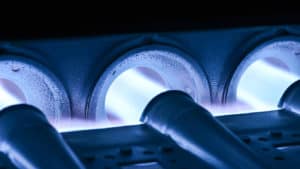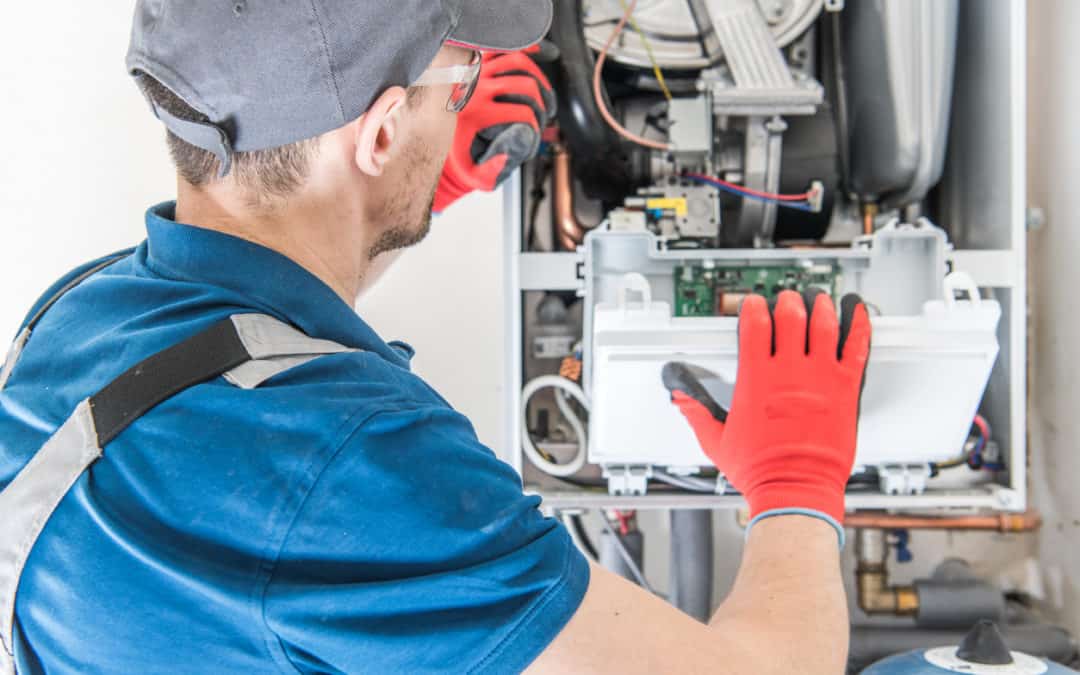Furnace repair, installation and maintenance aren’t just for heating companies. Though it is important to state that you should not embark on repair or troubleshooting unless you are a trained professional, understanding these systems can help prevent you from misunderstanding quotes or accidentally damaging part of your heating system.

Control System
The control system of your furnace does just that; it controls your system. Typically it is two distinct pieces, namely the thermostat and electrical controls. The thermostat sends the signal to your furnace that lets it know to start the heating process through the electrical controls.
Basically, the thermostat is there to let you set the temperature for the furnace to turn on and to determine if your home is currently below that temperature.
Gas Valve
The gas valve is the entrance to the gas line. This is the main fuel source for your furnace and will provide the energy necessary to keep your home or building warm and toasty. When the signal comes from the thermostat to begin heating, the gas valve opens wider to allow gas through. This gas immediately reacts with the pilot light, (it is also the supply for the pilot light) and begins the heating process.
Of particular note with gas valves are the thermocouple. This essential safety device determines whether or not the pilot light is on, and if it isn’t, it restricts the flow of gas. This helps to prevent leaks and build-ups of gas within the home.
Burners
The burners are essentially a more effective form of your pilot light. They ensure an even distribution of heat and are made of heat-resistant metals. Their interaction is chiefly with the heat exchanger, and heating companies may look to them in the event of an issue with your furnace system.
Heat Exchanger
The heat exchanger safely converts the heat into warm air. It seals in the burner and combustion reactions occurring while providing a source of warmth for the blower motor to circulate throughout the home.
Blower Motor
The blower motor is the mechanical device that moves the air warmed by the heat exchanger upwards and through the ductwork installed throughout your home. It must be kept in good condition as, without it, your furnace may appear to function but not actually spread throughout the rest of your home. A good way to check if your blower motor is performing correctly is to place your hand in front of one of the heat registers to see if you feel any air current. A keen air may be able to detect an issue without this test, however.
Ducts
The ducts are the tubes in your home that carry the warm air. They are typically made of a lightweight and anticorrosive metal like tin or aluminum.
Ventilation System
The ventilation system plays an important secondary role in the rest of the furnace. It is responsible for carrying the chemical by-products of the heating process away from the home. They may be toxic or have an off-putting smell, though gas is a relatively clean-burning product.
There you have it; every part of a gas furnace. To learn more about how other heating systems work, or to receive the best service for your area, make sure you are doing substantial research. Additionally, consider vetting your heating company professionals before hiring them to ensure you are getting the best deal possible for your situation.

Recent Comments